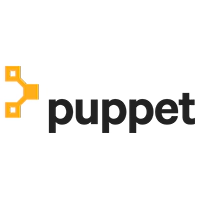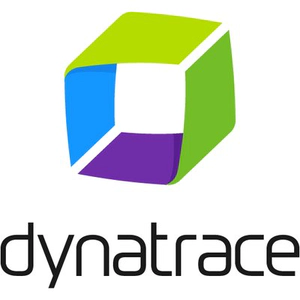Everyone's a player (in a mid-90s MUD)
N
You have found a secret room in the castle! You gain 26 xp.
You enter a large interior space with stone walls and a high stone ceiling. Torches flicker in wall brackets. A large self-referential tapestry hanging on the north wall shows a guild workshop full of happy weavers busily weaving the very tapestry in which they are depicted. There are exits to the east, west, and south.
Linden, another player, is here. Gwyrian, another player, is here.
say Hi
You say “Hi”
Gwyrian says “Hey! Do you want to explore this area together?”
Linden attacks you with a critical hit from their sword!
You are dead!
Other people: sometimes difficult to work with and often impossible to predict. In your technical or documentation project, how can you get the right people interested and involved? How can you keep those people happily engaged until the work is done? Is there anything you can do to prevent griefing… err, “interpersonal difficulties” from causing delays? And why do some people seem to thrive in an environment with poor documentation and how can you encourage them to participate in effectively documenting everything anyway?
In this talk, I’ll explore ways to accomplish these aims, using strategies drawn from “Player Type Theory”. For 20 years, this theory has been employed by game designers to encourage stable long-term play communities in online multiplayer games. These are strategies that I have used successfully in my workplace and they can work for you too.
Speaker

Kenzie Woodbridge
Kenzie Woodbridge is a Web Developer, Community Manager, and Knowledge Base Administrator at the British Columbia Institute of Technology. Kenzie also recently completed a MA in Professional ...

























